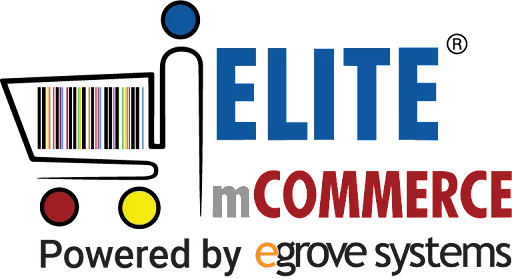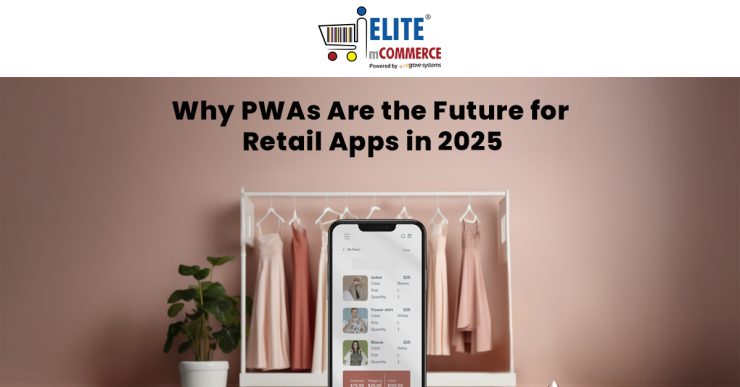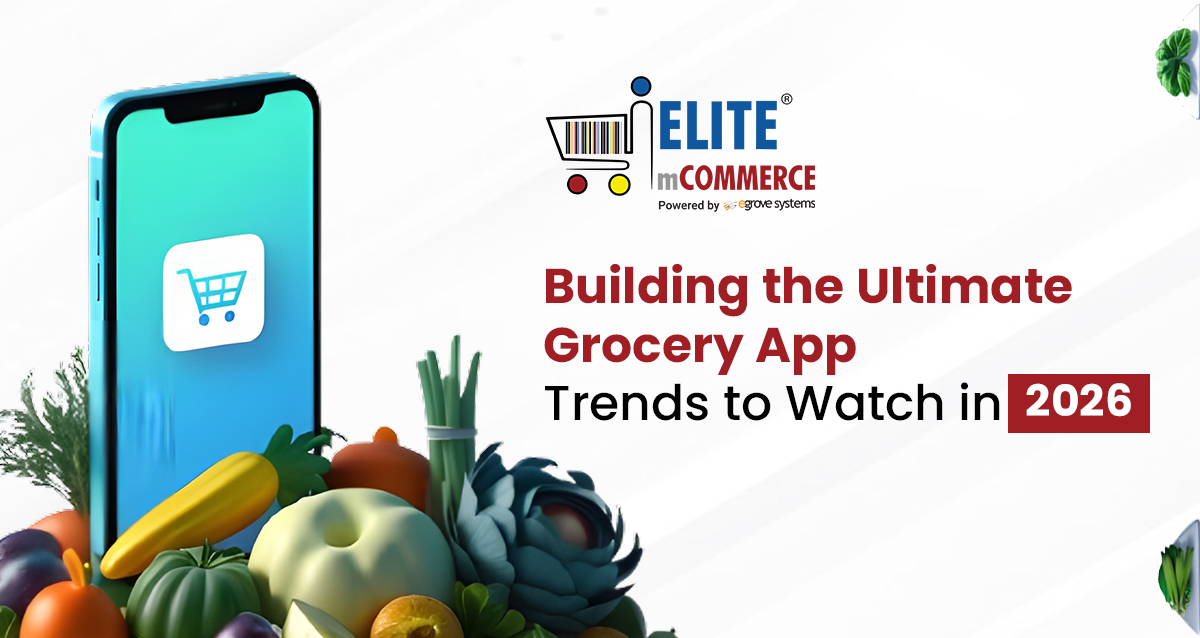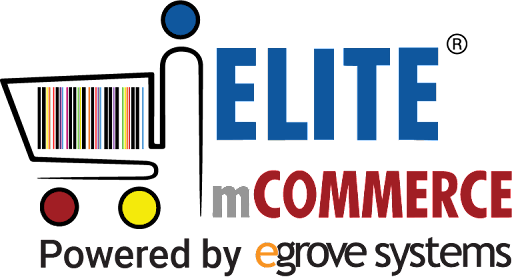Retail has advanced significantly over the last five years, and the consumer experience has undergone significant changes. We now shop, browse, and engage with brands in new ways. Mobile apps became a solution for consumers to engage with retailers. Still, now Progressive Web Apps are adding a new layer. In 2025, PWAs are becoming a legitimate and future-proof solution for fast, fluid, and reliable digital experiences, with many PWA success cases to show the impact. If you ever clicked on a shopping site and it felt as familiar, smooth, and fast as an app, it was probably a PWA.
What Is A PWA?
PWA is a hybrid between a website and a mobile app. You don’t use the App Store or Google Play to download it. It opens in your browser but looks, acts, and behaves just like a native App.
- You can add it to your home screen.
- It works offline or when there is poor internet service.
- It will send push notifications.
- It loads instantly and does not take up storage on your phone.
In essence, PWAs provide the best of both worlds: they combine the advantages of using a website with the performance of mobile native apps.
Progressive Web App Benefits 2025 That Make It Important
The retail world lives on speed, convenience, and user experience. Today’s customers don’t want to wait for applications to download or keep track of updates. Customers want a quick and easy shopping experience at their fingertips; this is where PWAs come in. There are some solid reasons why retailers are adopting them:
Faster Load Times Equate To Greater Sales
Research indicates that if a website takes more than 3 seconds to load, over 50% of users will abandon it. PWAs solve this problem from the outset, loading almost instantaneously, even on slow networks. For retailers, this translates to fewer drop-offs and a much higher chance of completing sales.
No Downloads or Updates
With traditional retail applications, users visit an app store, download the application, and keep it updated. With a PWA, all the customer must do is open a link and start shopping. PWAs reduced friction for the user, creating better options for user acquisition and retention.
Shopping Experiences Delivered Offline
One of the most powerful features of a PWA is offline access. Picture this: you’re away from your home, your internet service is spotty, you want to shop or browse products, add items, or even check order history with no internet available. For places where there is sporadic service, this feature is revolutionary.
Push Notifications Similar To Native Apps
PWAs can send push notifications very similarly to native apps. Retailers can send customers reminders about abandoned carts, reminders about discounts, and messages about newly arriving items. Retailers can keep engagement intact while eliminating the barrier of an app download.
Lower Development Costs
Retailers no longer must build and maintain separate iOS and Android apps. A single PWA can work on any device and platform, saving retailers money and development time. In 2025, when retailers see their margins constricting and competition is only getting hotter, cost savings matter.
PWAs Are Resolving Challenges For Retailers in 2025
Retailers are struggling with many of the same issues today that will impact customer satisfaction and ultimately revenues, but PWAs are addressing these issues directly:
- Cart Abandonment
Shoppers abandon their carts for several reasons, including slow checkouts, slow apps, or crashing apps. Maximum speed and seamless payment integration will lead to fewer cart abandonments, and PWAs optimize that process.
- App Store Visibility
In crowded app stores it’s hard to get visibility and slow app approval times mean you have less time to tweak. With a PWA you can bypass the app stores and update instantly.
- Maintenance Costs
Building separate iOS app, Android app and website is expensive. A PWA unifies everything into one platform and reduces development and support costs massively.
- Limited Storage on Devices
Market data shows customers will limit their download of retail apps more than most categories of apps because retail apps take up too much space! PWAs take up almost no space on the device and can act like an app.
- Global Accessibility
In many markets, not every consumer has access to high-end smartphones with uniform 4G or 5G access; however, many consumers buy from low-cost hardware that is also reliant on mediocre internet. PWAs are incredibly lightweight, and even form-factor-like Android devices work well.
What Makes Progressive Web Apps The Future of Retail Apps in 2025?
Based on observed trends in customer behavior, technology, and retailer business needs, we can see why PWAs are on track to dominate retail in the future:
- Mobile-first world: Shoppers are more reliant on their smartphones than ever before. PWAs allow mobile shoppers to shop seamlessly.
- Lower app downloads: Customers are tired of downloading apps for every single store. PWAs offer lighter-weight alternatives to the constantly downloaded and discarded apps.
- Focus on speed and convenience: Retail is built on instant gratification. PWAs allow retailers to achieve faster speeds than ever before.
- Global accessibility: PWAs can operate in rural to congested urban areas freely and make the experience seamless even in low connectivity.
- Cost savings for retailers: In 2025, retailers will seek efficiency in their spending and will be satisfied with the dual blessing of cost savings along with improved results. In the PWA vs native app contest, PWAs win from the perspective of cost-efficiency.
Conclusion
Retail is all about the customer experience, and Progressive Web Apps are at the forefront of changing that experience in 2025 and going forward. Progressive Web Apps allow visitors to avoid the pain associated with downloads, storage limits, slow loading pages, and the myriad of barriers related to shopping. Progressive Web Apps help retailers save money, enable them to reach a global audience, and also get businesses ready for the future of digital commerce.








